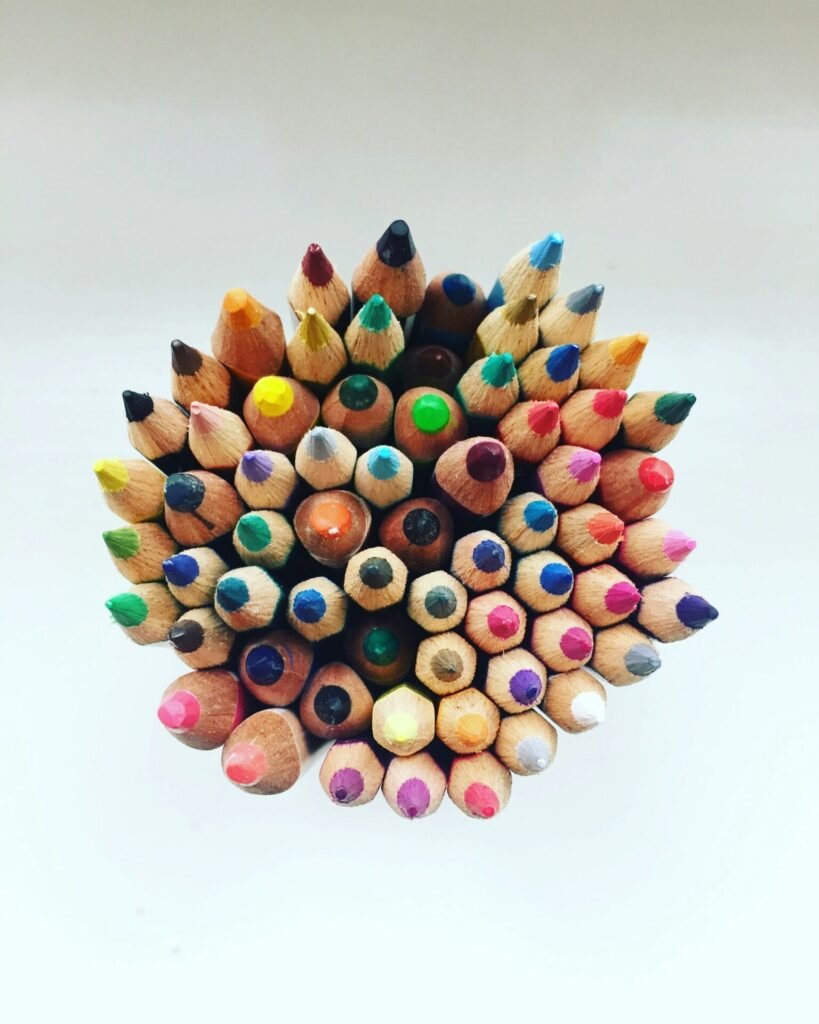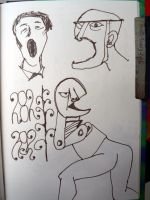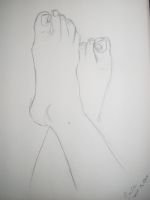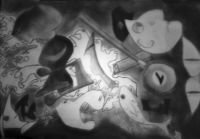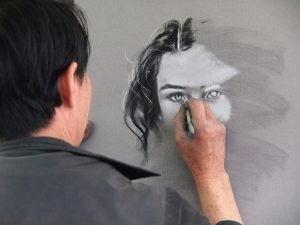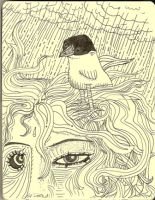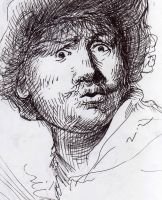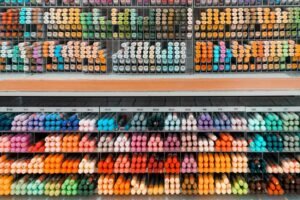Why Colored Pencils Are So Versatile
Understanding the different types of colored pencils and how to start using them effectively can empower artists at any stage to create more vibrant, detailed, and layered artwork. Colored pencils may look similar at first glance, but their formulations, applications, and effects vary widely. From buttery oil cores to softly blending wax sticks and bold water-soluble options, each type opens a different door to expressive mark-making.
In this comprehensive guide, we’ll break down the major colored pencil types, their uses, and essential techniques to help you choose—and use—the right tools for your next creative session.
Unlike paint or ink, colored pencils offer a dry, accessible medium that combines the precision of drawing with the potential of layering, blending, and burnishing. They’re excellent for:
- Fine detail and gradual shading
- Portable sketching and fieldwork
- Layered, painterly effects without messy cleanup
- Mixing with other media for mixed media work
Used with intention, the right pencils can unlock a rich visual vocabulary and suit a wide range of illustration styles, from realism to abstraction.
The Primary Types of Colored Pencils
Colored pencils fall into several core categories, each with its own performance characteristics, application style, and learning curve. Let’s break them down one by one.
Wax-Based Colored Pencils
Creamy, blendable, and beginner-friendly
Wax-based pencils are the most common type used by artists and hobbyists. They lay down color smoothly and offer a wide range of richness, vibrancy, and price points.
Notable features:
- Softer leads with high pigment
- Excellent for layering and burnishing
- May produce a wax bloom over time (can be buffed or sealed)
- Prone to breakage if over-sharpened or dropped
Great for both beginners and pros, wax-based pencils offer the flexibility needed for portraiture, botanical studies, or rich still-life compositions.
Oil-Based Colored Pencils
Durable, sharper lines, and less smudging
Oil-based pencils offer a firmer core and more control for precision work. While they don’t blend quite as easily as wax-based pencils, their durability and smooth laydown make them excellent for tight renderings and detailed linework.
Best suited for:
- Technical illustrations
- Sharp edges and clean details
- Artists who layer slowly and methodically
Because they resist breakage and retain a point longer, they’re excellent for long drawing sessions with intricate subjects like architecture or animal portraits.
Best Paper for Sketching | Top Choices for Artists & Designers
Choosing the best paper for sketching is essential for achieving crisp lines, smooth shading, and optimal texture control. Whether you’re a beginner experimenting with dry media or a professional seeking...
Water-Soluble Colored Pencils
Blendable with water for watercolor-like effects
Also known as watercolor pencils, these versatile tools can be used dry like traditional colored pencils—or activated with water for painterly washes.
How they work:
- Use dry for sketching or fine work
- Add water with a brush to dissolve pigment
- Layer wet-on-dry or dry-on-wet for different textures
These are ideal for mixed media, travel sketchbooks, or artists who want watercolor effects with pencil control.
Mechanical or Woodless Colored Pencils
Minimal waste, more pigment, and fine control
Mechanical colored pencils or woodless types offer a full core with no wooden casing. These often have richer pigment per pencil and can be sharpened to ultra-fine points.
Use them for:
- Technical sketching
- High pigment saturation
- Compact art kits or studio travel
They may not blend as softly as wax-based pencils but make up for it in efficiency and saturation.
Student vs. Professional Grade Colored Pencils
Understanding the difference between entry-level and artist-grade pencils is key:
- Student-grade pencils: Cheaper, lower pigment content, less blendable
- Professional pencils: Higher lightfastness, more pigment, smoother laydown
If you’re just starting, affordable brands are fine. But as your skill deepens, upgrading your tools can dramatically enhance results.
How to Start Using Colored Pencils Effectively
Now that you know the types, here’s how to get started with confidence.
Use Light Pressure and Build Slowly
Rather than pressing hard and flattening the tooth of the paper, use light layers and slowly build up value and saturation. This allows room for adjustments and smoother color transitions.
Try Layering with Similar and Contrasting Colors
Start by layering within the same color family (light blue over dark blue), then experiment with complements (red + green, blue + orange) for visual vibrance.
Blend With Tools, Not Just Fingers
Try:
- Paper stumps
- Soft tissue or cotton swabs
- Colorless blender pencils
- Small blending brushes for water-soluble types
Avoid oily fingers—they can smudge or resist pigment application.
Choose Paper With Enough Tooth
Colored pencils need texture to grip. Try paper labeled for mixed media or hot press watercolor paper, or invest in dedicated colored pencil paper with extra tooth and weight.
Integrate Pencils Into a Mixed Media Workflow
Colored pencils play well with:
- Ink outlines
- Watercolor base washes
- Collage elements
- Gouache or acrylic touch-ups
They’re a subtle, controllable medium that can either dominate or quietly enhance an image depending on how they’re used.
Frequently Asked Questions
What are the best colored pencils for beginners?
Wax-based pencils like Prismacolor or student-grade sets are affordable and easy to blend.
Can I mix different types of colored pencils?
Yes—just be cautious with water-soluble types on top of wax-based ones to avoid streaking.
How do I prevent wax bloom?
Buff finished areas gently with a soft cloth, or use fixative spray if needed.
What’s the best paper for colored pencil work?
Try heavyweight paper with visible texture, such as Bristol, mixed media, or hot press watercolor paper.
Should I use fixative on colored pencil drawings?
It’s optional but helpful for sealing layers and preventing smudging on finished work.
Do oil-based pencils blend as well as wax-based?
They blend differently—less creamy, but great for crisp layering and fine detail.
Are colored pencils lightfast?
Artist-grade pencils often come with lightfast ratings; check brand specs if you plan to sell or display your art.
Final Thoughts
Getting to know the different types of colored pencils and how to start using them effectively opens a gateway to expressive, nuanced, and highly portable art-making. Whether you’re layering soft wax hues, detailing with oil-rich leads, or activating watercolor pencils on textured paper, understanding your tools enhances both skill and satisfaction.
Start small, explore each type’s strengths, and lean into your own drawing rhythm. With practice and the right approach, colored pencils become more than a drawing tool—they become an extension of your unique creative voice.
